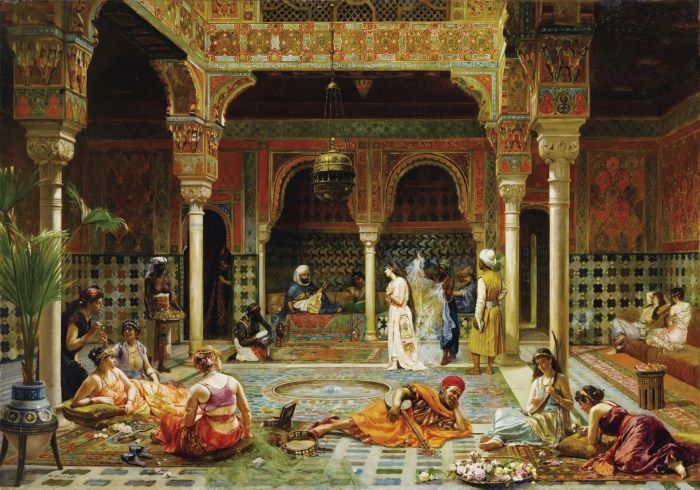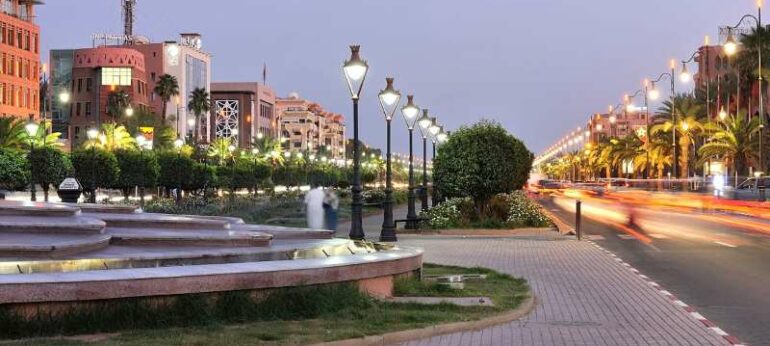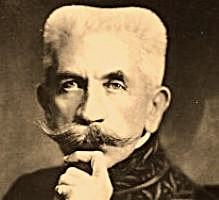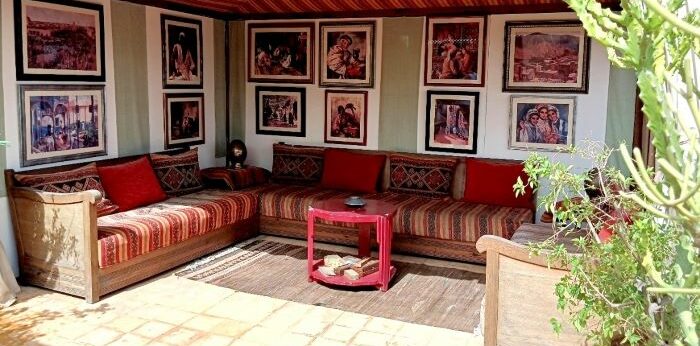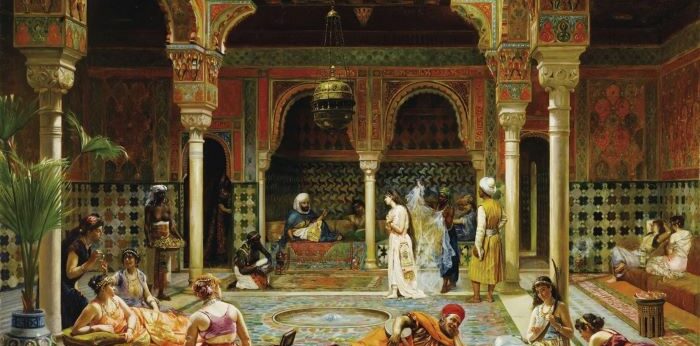The Orient ?
A mood, an atmosphere, an inspiration… in short, a dream ! Over the centuries, literature, music, poetry, painting have fantasized about it. The arts have given to Orientalism their epic exotic tales, enchanting melismas, dreamlike verses, shimmering colors.
Orientalism cannot be qualified as a genuine movement in the sense it would induce aesthetic, stylistic, poetic or pictorial norms. Furthermore, it exists only through the gaze that Westerners hold on him.
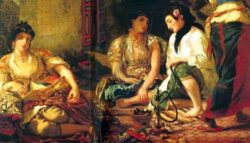
Women from Algiers Delacroix
It is an inclination, an elsewhere, a universe that everyone freely recreates. The Orient has long fascinated Europeans. The two worlds have lived together, made war, mixed in Andalusia, but the part of mystery and unknown still seems intact.
The Arabian Nights
The Tales of the Arabian Nights had produced their effect since the Middle Ages. Scheherazade, Sinbad the Sailor, Aladdin and his Wonderful Lamp, Ali Baba and his forty thieves will really became popular in the 18th century.
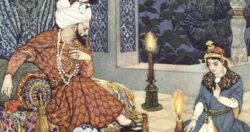
The Arabian nights
Mr. Jourdain with Molière and Lully is thrilled to become a «Mamamouchi», Montesquieu is ironic in his «Persian Letters» in which the decor of the harem and its eunuchs is a pretext to better denounce the failings of society and power in the France of his time.
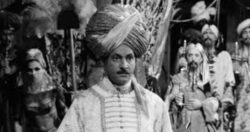
The bourgeois gentleman
Some epic tales will evoke the Sala pirates , the cruel Sultans and their submissive women, the worrysome Jinns. Others tell about warmth, perfumes, deserts and idealized sensuality. The Egyptian campaign of General Bonaparte from 1798 had also naturally contributed to creating a certain fascination for the Eastern lands.

It is the birth of Egyptology that will develop throughout the 19th century and will permanently be part of the Western imagination.
In verse and in music
Flaubert, De Nerval, Gautier, Chateaubriand and of course Loti will dip their pen in this ink, tinged with imaginary exoticism, reassuring lasciviousness. Lamartine’s “Travels in the East”, Hugo’s “Les Orientales” (Eastern Poems), Baudelaire’s ” Invitation to a voyage”, will find for a moment their muses in the arms of “the Arab hostess… desert girls who dance barefoot on the dune” for one, their “odors vaguely mixed with amber… an Oriental splendor… There, there’s only order, beauty : abundant, calm, voluptuous. » for the other.
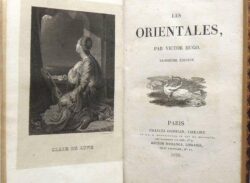
Mozart, from a «Turkish March» to his «Abduction from the seraglio», or even his «Magic Flute», Verdi and «Aïda», Saint Saëns, a great traveler, and his «Suite Algérienne», the suite for orchestra «Orient and West»… , Ravel and «Shéhérazade», Delibes and «Lakmé» Bizet in Ceylon for his «Pearl fishers» will impregnate their scores with themes or notes referring to Orient.
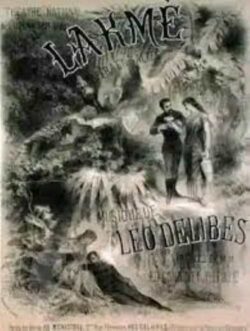
In colors
Pictorial art has also been greatly enchanted by this breaking wave. For painters like Delacroix, Fromentin, Majorelle, Huysmans, Herrera, Cabanel, Pontoy, Charlet, to name but a few, the grandiose landscapes, the characters, the captured moments, the genre scenes are declined in yellow or orange ochre, warm reds, deep indigo blues, burnt sienna, which do not fail to seduce a curious public, eager for exoticism and travel to unknown lands.
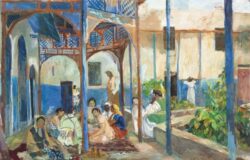
Tea time Edy-Legrand
As it is represented, this world is full of tranquility and conviviality.
In Marrakech, Jacques Majorelle will design his extraordinary garden like a symphony of colors.

Majorelle garden Marrakech
The stage was set for the collective imagination. Thus, large-scale tourism has developed towards these destinations, which are still very attractive today.

